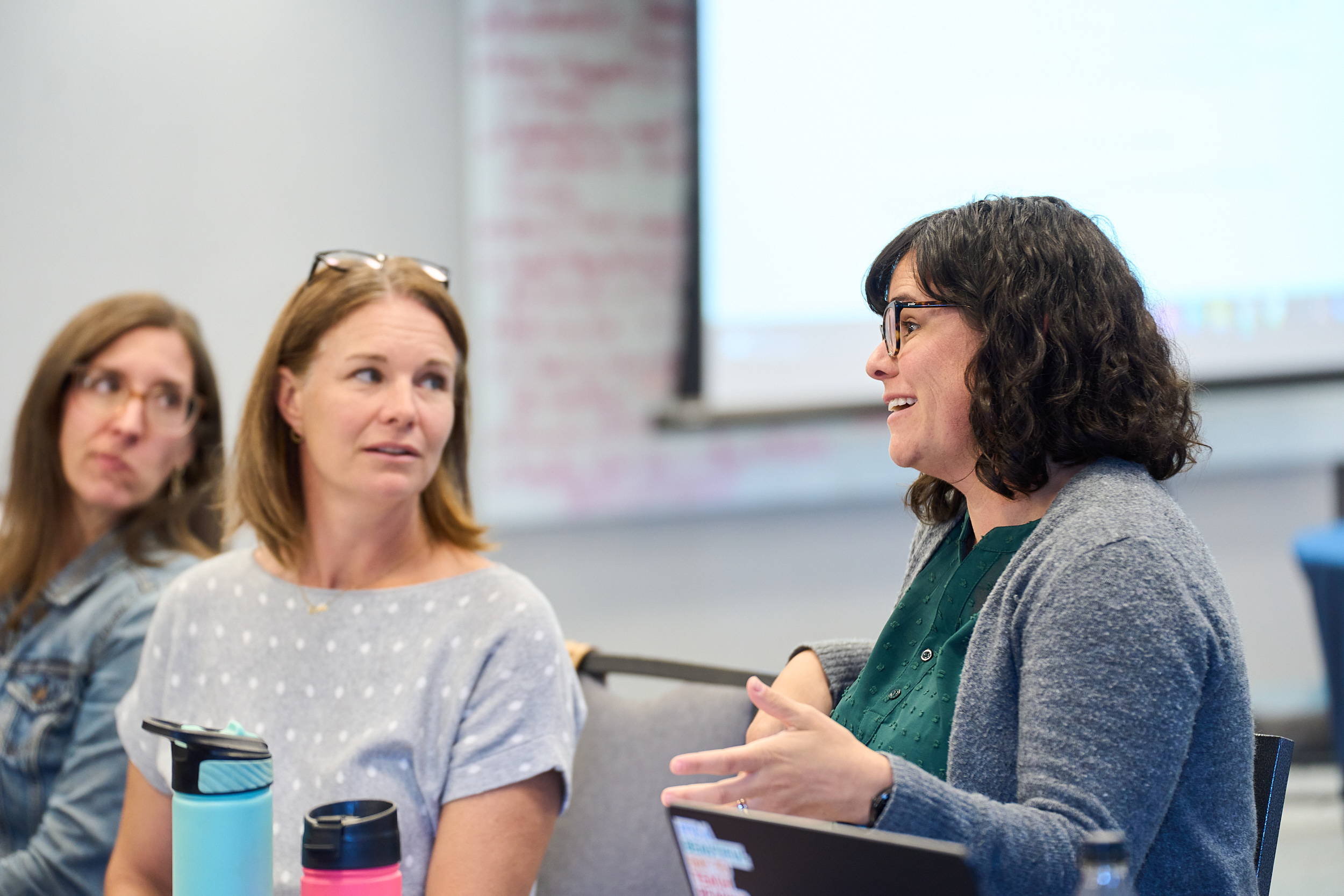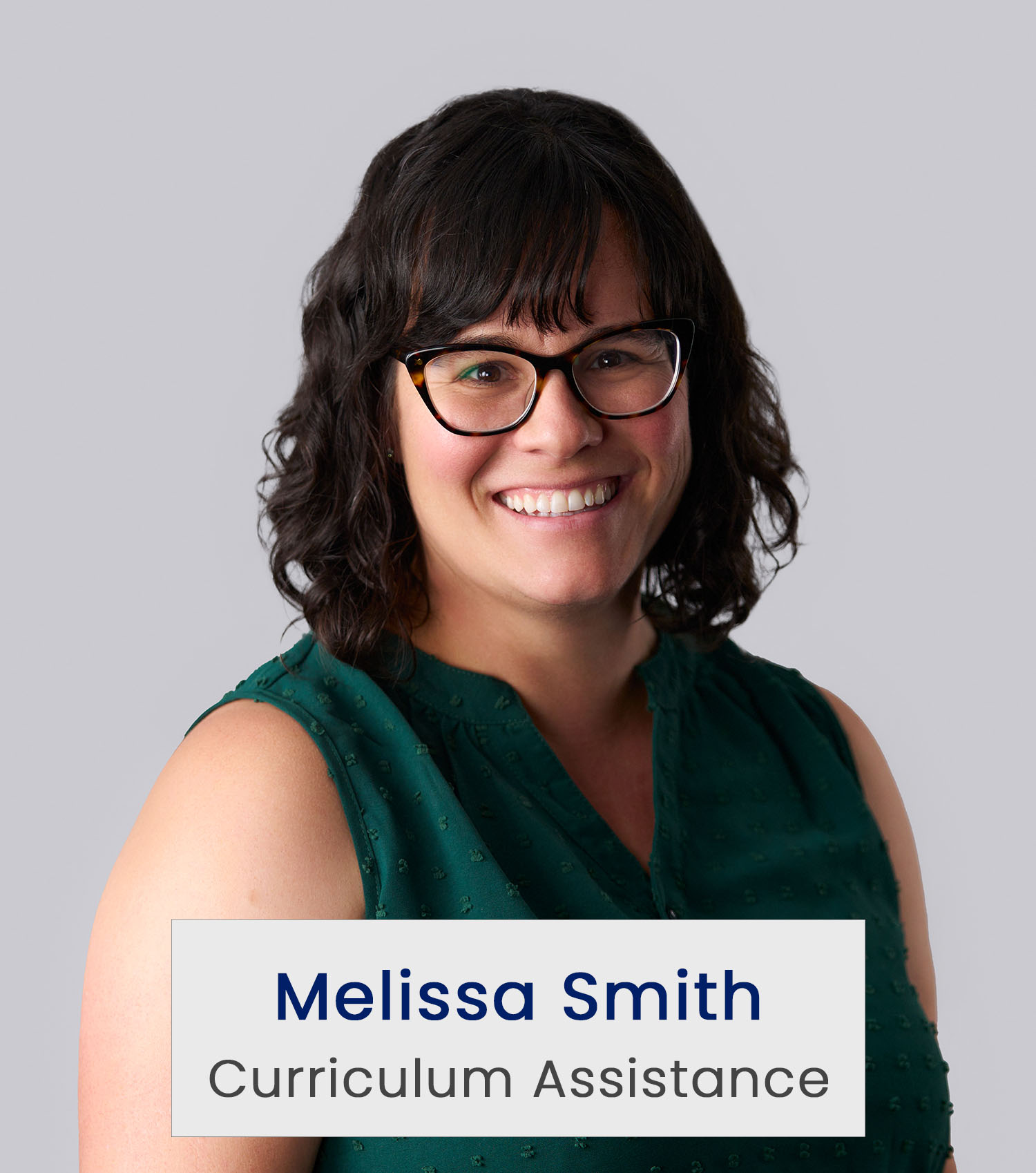- Introduction
- It is hard to overestimate the importance of reading on an individual’s access to knowledge, prosperity, health, and social engagement. Yet, unlike spoken language, which is acquired by all typically-developing children, reading is a learned skill that requires years of practice and formal instruction. Much is known about the foundations of learning to read in early childhood, at least in the case of alphabetic writing systems, and this knowledge has begun to permeate educational policy and practice (e.g., Rose, 2006).
However, morphology has been relatively neglected in our theoretical conceptualisations of reading acquisition. This is partly because theoretical models of reading acquisition have tended to focus on monosyllabic, and in many cases, monomorphemic words (e.g., Harm and Seidenberg, 2004, Plaut et al., 1996). This state of affairs has also arisen because research in this area has tended to focus on young children in the first stages of learning to read.
In contrast, research on skilled adult reading suggests that the analysis of morphological information is a routine part of word recognition (e.g., Amenta & Crepaldi, 2012, for review) that arises very rapidly in processing (e.g., Rastle & Davis, 2008, for review). This research indicates that skilled adult readers must have acquired morphological knowledge at some stage of reading acquisition. The nature of this knowledge, and the way that it manifests in different reading tasks over different periods of development, will almost certainly depend on the manner in which morphological information is represented in the spoken language and writing system (e.g., Plaut & Gonnerman, 2000).
- It is hard to overestimate the importance of reading on an individual’s access to knowledge, prosperity, health, and social engagement. Yet, unlike spoken language, which is acquired by all typically-developing children, reading is a learned skill that requires years of practice and formal instruction. Much is known about the foundations of learning to read in early childhood, at least in the case of alphabetic writing systems, and this knowledge has begun to permeate educational policy and practice (e.g., Rose, 2006).
- Dual-pathway theories of reading
- Writing in English and other alphabetic languages is achieved through a system of visual symbols that represent sounds. In such writing systems, there is a systematic relationship between spelling and sound, such that words that look similar also sound similar (e.g., cat, mat, can, man).
- Translating the printed word to a sound-based code is also an important feature of skilled adult reading (see Rastle & Brysbaert, 2006, for review). However, in contrast to a theory in which the computation of sound-based codes is obligatory for accessing meaning (e.g., Frost, 1998), research on skilled reading in alphabetic writing systems has converged on a theoretical perspective in which the computation of sound-based representations provide one route to accessing meaning (e.g., Coltheart et al., 2001, Harm and Seidenberg, 2004). In this latter type of theory, skilled readers may also access meaning via a direct spelling-to-meaning mapping. This dual-pathway conceptualisation is supported by a recent meta-analysis of neuroimaging data revealing dorsal (spelling-to-sound-to-meaning) and ventral (spelling-to-meaning) pathways for reading (Taylor, Rastle, & Davis, 2013). Fig. 1 provides an illustration of a dual-pathway theory of skilled reading and its neural underpinnings.
- In this article, I develop the hypothesis that coming to appreciate morphological relationships in spelling may be central to developing reading expertise along the direct spelling-to-meaning (ventral) pathway.
- Morphological regularities in English writing
- The importance of learning the relationship between spelling and sound in reading derives from the nature of alphabetic writing systems, in which letters or groups of letters consistently represent sounds. In contrast to the relationship between spelling and sound, the relationship between spelling and meaning is arbitrary, at least when words comprising a single morpheme are considered (e.g., Plaut & Gonnerman, 2000).
- For example, while words that look similar such as punt and pant also sound similar, they are not similar in meaning. In the absence of any underlying regularity, it is not hard to understand why learning to relate such words to meanings is very difficult; this is essentially a paired-associate learning task (Taylor, Davis, & Rastle, 2017). In such cases, learning the meaning of one printed word confers no benefits at all for learning the meaning of another visually similar word.
- This characterisation of the relationship between spelling and meaning changes substantially when words with more than one morpheme are considered. It has long been argued that morphemes provide “islands of regularity” in the mapping between printed words and their meanings (Rastle, Davis, Marslen-Wilson, & Tyler, 2000). These islands of regularity arise because stems occur repeatedly in words with similar meanings (e.g., trusty, trust, distrust, untrustworthy), and affixes alter the meanings of stems in a highly-predictable manner (e.g., cleaner, builder, teacher; Plaut and Gonnerman, 2000, Rastle and Davis, 2008).
- Conclusions
- Morphology is a major organising principle of English and other alphabetic languages, but has been neglected in theories of reading acquisition, partly because of a focus on morphologically-simple words in the most successful theoretical models, and partly because of a tendency to focus on younger children.
- In this article, I have asserted that learning to appreciate morphological relationships may be a vital part of acquiring the direct pathway between spelling and meaning, necessary for skilled adult reading. I have suggested that while English spoken language does not have particularly rich morphology, morphological relationships are highly visible in English spelling.
- There is ample evidence that these relationships are represented as long-term knowledge in adult skilled readers, although work is really only just beginning to uncover how morphological knowledge in young children becomes represented in such a way that can be accessed rapidly in word recognition. I have argued that the acquisition of this form of knowledge is associated with the ongoing development of reading expertise and becomes represented in the ventral reading pathway. Much further research is needed to understand how reading experience is translated into long-term stored knowledge, and the way in which particular forms of instruction might impact on this process.
Share:




This is a comment 2
The best blog post of them all!!!!!
Comment test 2
Reply Test 1
This is a comment
This is a comment reply